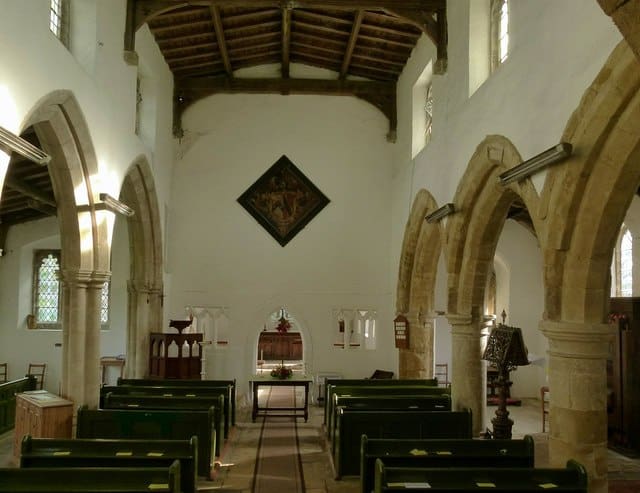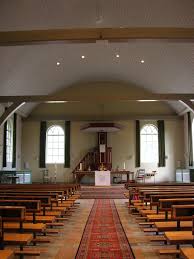Churches that wish to enter a path leading to a formal connection with the CEEC.CHURCH should review the material related to parishes in Article V (“Of Parishes”) and also Title I, Canon 5 of the CEEC.CHURCH Canons.
These elements deal with:
- What constitutes a parish in the CEEC.CHURCH
- Appointment of the Parish Rector
- Matters related to governance
- The Parish Council

Mission Church
A Mission Church is a Congregation under development within a particular Diocese under the direction of the Diocesan Bishop. A Mission Church may be initiated by the Diocese itself, by one of the Parishes, or by a supporting consortium of developed Parishes. The Bishop is the Rector of the Mission Church and may appoint a Vicar as his representative and resident Pastor for the developing Congregation.
Mission Church may be:
1) Self supporting and able to compensate the Vicar and cover all expenses;
2) Non-self supporting and dependent on support from the Diocese, or a sponsoring Parish or Parishes.
In the organization of a Mission Church, the Articles of Association and Conformity (see forms area) shall be signed by at least ten adults who meet the qualifications listed in the Canons.
Full Parish
A Mission Church may apply for Parish status at such time that it meets the requirements and evidences the provisions of Article V of the Constitution and Title I, Canon 5 of the Canon Law of the CEEC.CHURCH. The Congregation must also have demonstrated its capability of financially supporting the Clergy, the facilities, and the work of the Church.


Existing Congregations
Any Congregation (or group of Congregations), whether independent, or part of another organization, desiring to be received into the CEEC.CHURCH, shall declare its (their) desire, duly certified by the authorities of said Congregation by means of a completed Congregational Affiliation Form, which shall be submitted to a Diocesan Bishop.
If found satisfactory by the Bishop and the Diocesan Council, the process of reception shall proceed.